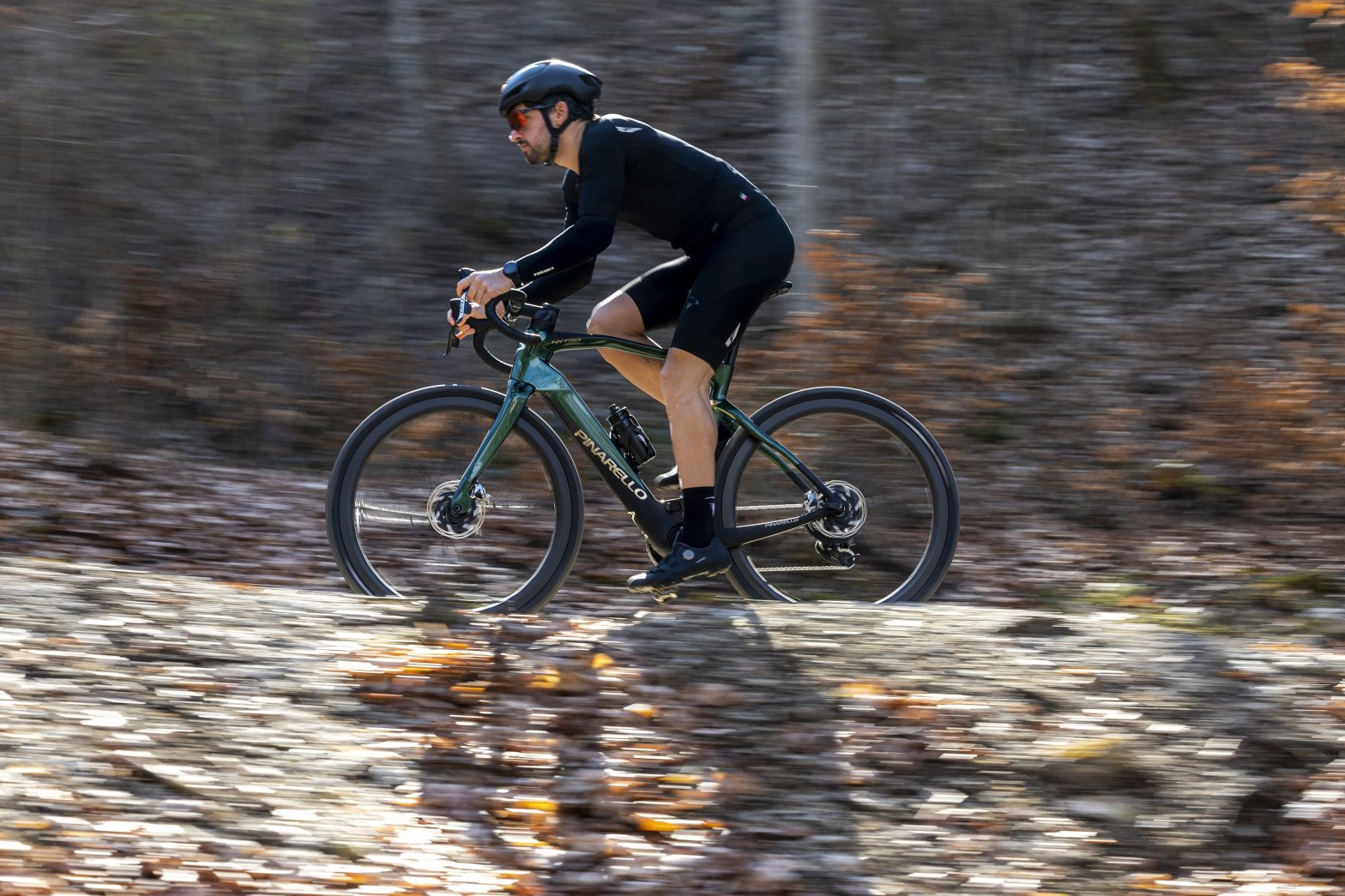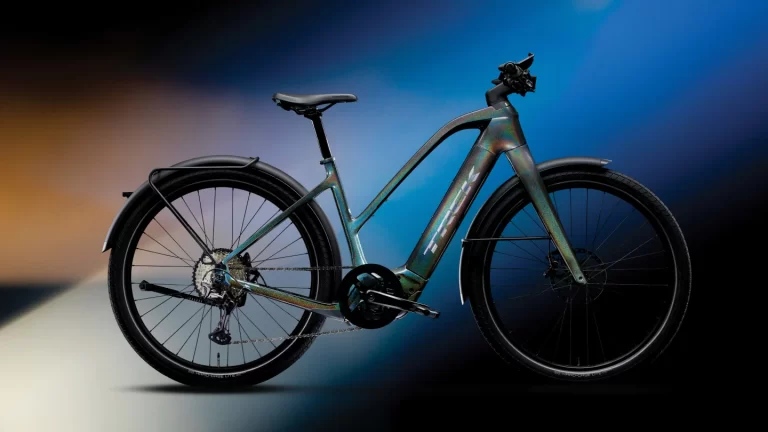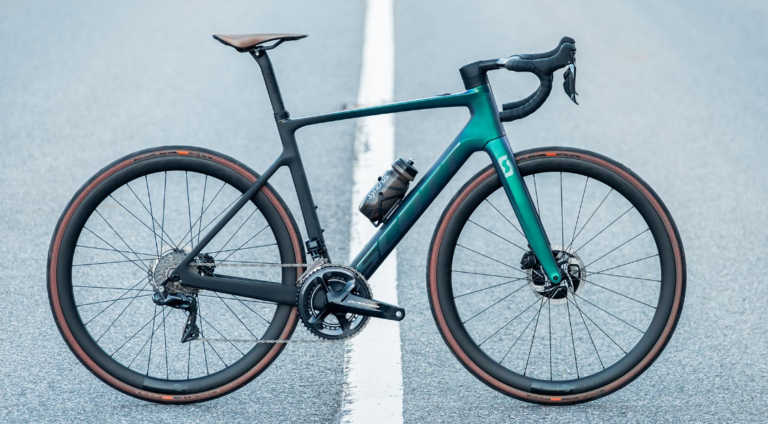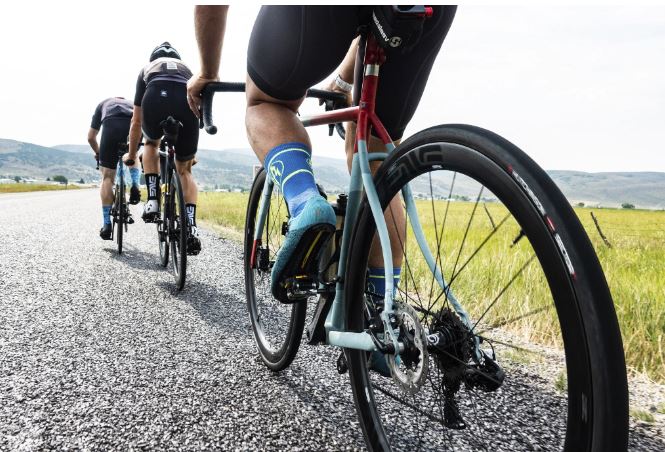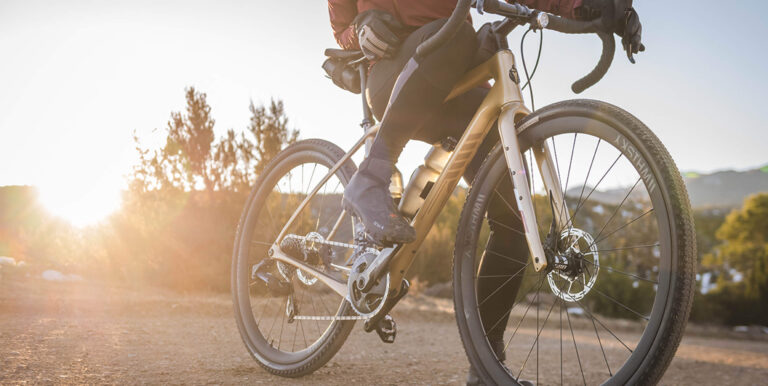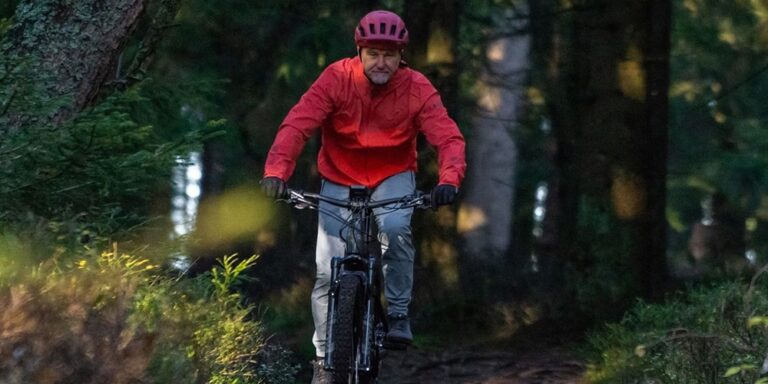Redefining the Ride: Aerodynamics and Gravel E-Bikes

Key Point Summary of Aerodynamics and Gravel E-Bikes:
- Aerodynamics in Gravel E-Bikes: Exploring the growing importance of enhancing speed and efficiency.
- Design Impact: How the design affects riding experience, especially over long distances and varied terrain.
- Speed Efficiency: The role in maximizing the efficiency of electric assistance and battery life.
Aerodynamics, traditionally reserved for the sleek world of road racing, is carving out its niche within the gravel e-bike sector, pushing the boundaries of speed and efficiency on unpaved roads. This exploration seeks to shed light on how design impacts performance for those of us with a passion for gravel grinding, from beginners to those with a more intermediate experience level.
The Wind Against Us
As gravel cycling continues to surge in popularity, the quest for speed does not subside at the transition from tarmac to trail. The study of air’s movement and its interaction with solid objects has become a pivotal factor. While the chunky tires and rugged frames of gravel bikes may not have advancements, their design are subtly incorporating sleeker lines and features to reduce drag without compromising durability and off-road capability.
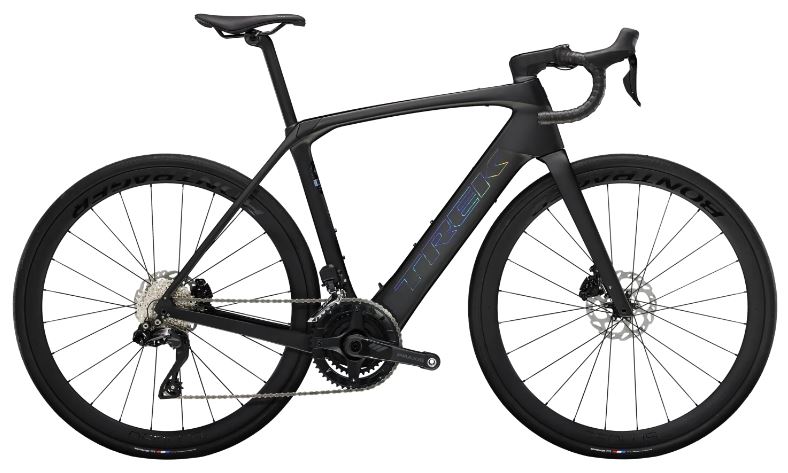
Molding the Future: Design Impact
The impact of aerodynamic design on gravel e-bikes is multifaceted. Design elements such as integrated handlebars, streamlined frames, and even the positioning of the battery and motor are all considered to minimize air resistance.
These features contribute to a smoother ride by reducing the effort required to maintain higher speeds, especially in headwind conditions or when the bike is unassisted by its electric motor. The balance is delicate; the design must also ensure that the bike maintains its agility and stability on loose gravel and uneven surfaces.
Pushing Limits: Speed Efficiency
In the context of gravel e-bikes, where electric assistance augments human power, a more efficient bike requires less energy to overcome air resistance, thereby conserving battery power and extending the range of electric assistance.
This efficiency is particularly noticeable on open gravel roads, where higher speeds and longer distances make energy conservation critical. The interplay opens new avenues for exploring longer and more challenging gravel routes, transforming the riding experience.
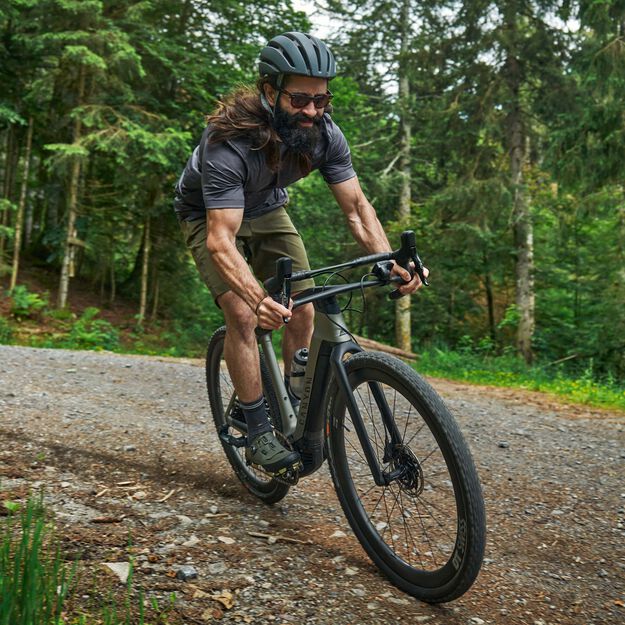
The Ride Ahead
As I delve deeper into the world of gravel e-biking, the marriage of electric power with aerodynamic efficiency heralds a new era of gravel biking, one that promises greater speed, longer distances, and more exhilarating adventures.
The evolution of gravel e-bikes is not just about pushing technological boundaries; it’s about redefining what’s possible on two wheels. As we look to the future, gravel e-bikes will continue to influence how we engage with the landscape, challenging us to explore new horizons with an unmatched sense of freedom and adventure.
Aerodynamics and Gravel E-Bikes: Wrapping Up
As the gravel biking community grows, so too does our understanding and appreciation for how the principles of aerodynamics can enhance our journey.

Let us embrace these advancements, for they are not just shaping our bikes; they are shaping the future of gravel cycling itself.
The Canyon Grail:ON presents itself as a standout option. This e-bike is designed with a focus on blending the ruggedness required for gravel riding. The Grail:ON features a distinctive double-decker handlebar that not only provides multiple hand positions for rider comfort over long distances but also aids in reducing drag. Its frame geometry and design cues are optimized for gravel riding, offering a comfortable yet performance-oriented posture.

The Canyon Grail:ON ensures that riders can enjoy the benefits of electric assistance without compromising on speed and efficiency during their gravel adventures.
Happy Cycling!
John
FAQ
Can you ride an electric bike on gravel?
Yes, you can ride an electric bike on gravel. Many e-bikes, especially gravel e-bikes, are designed with the durability and performance necessary to handle gravel roads and trails.
At what speed does aerodynamics matter on a bike?
Aerodynamics start to significantly matter at speeds as low as 15 mph (24 km/h). As speed increases, the impact of aerodynamics on riding efficiency and energy expenditure becomes progressively more substantial.
Can gravel bikes really do it all?
Gravel bikes are highly versatile and can indeed “do it all” to a large extent. They are designed to perform well on a wide range of surfaces, from pavement to gravel to light off-road trails, making them a great option for riders looking for a single bike to cover various types of riding.
